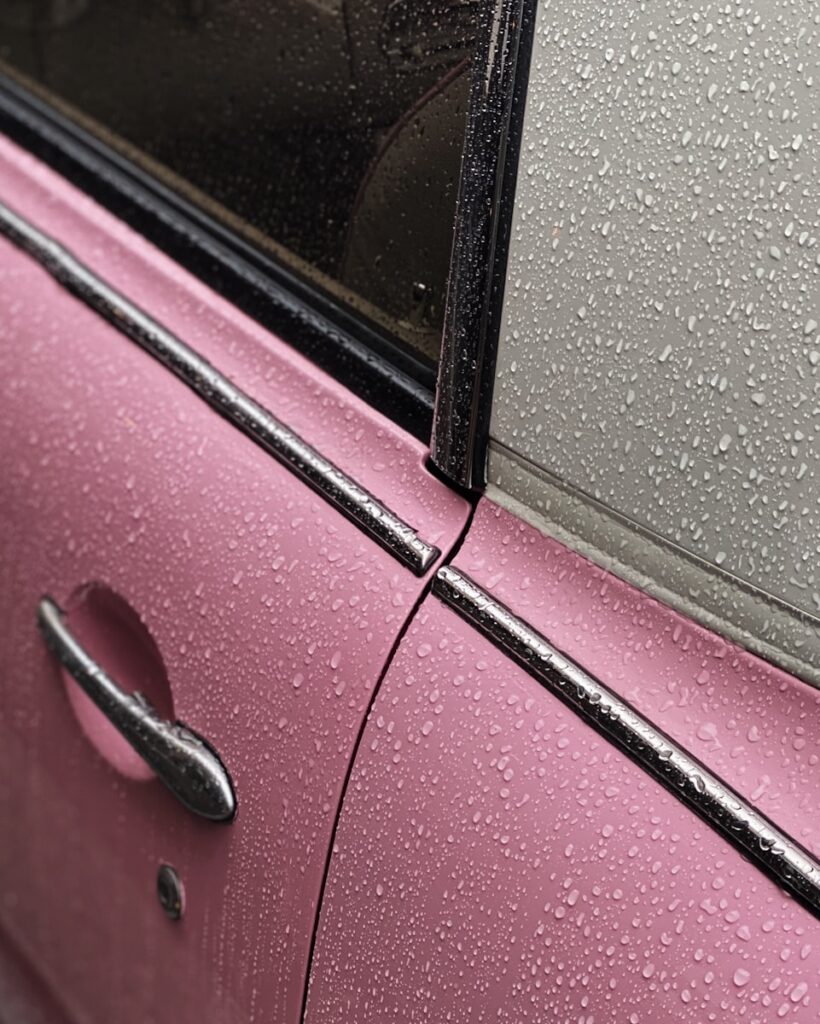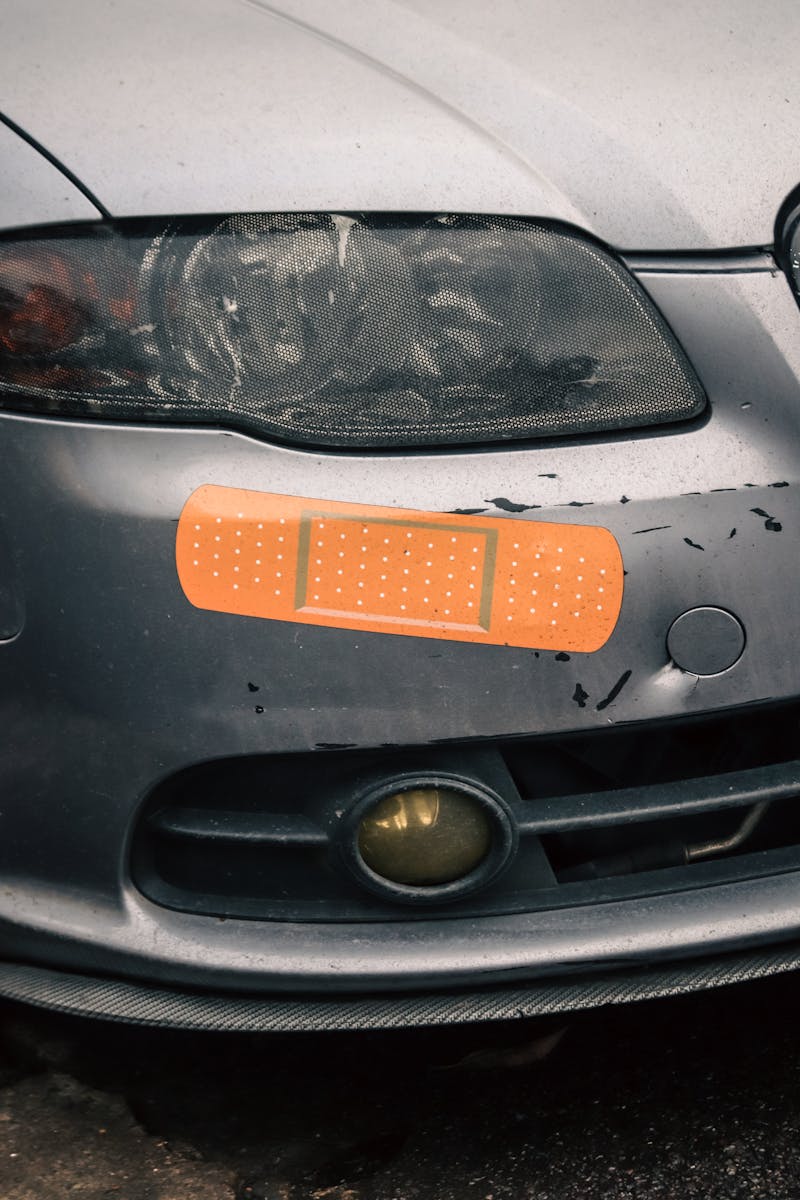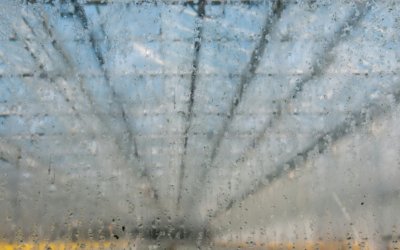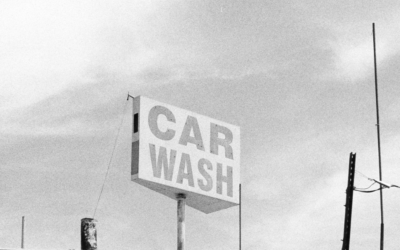Car scratches happen to every car owner. From shopping cart dings to tree branch scrapes, these paint imperfections can turn your pristine vehicle into an eyesore. The good news? You don’t always need expensive professional repair services. With the right scratch remover for cars and some elbow grease, you can restore your car’s finish and protect your investment.
This comprehensive guide covers everything you need to know about car scratch removers, from identifying different types of scratches to choosing the best products and application techniques. You’ll learn how to tackle everything from fine scratches to deeper gouges, plus discover professional tips that can save you hundreds of dollars in repair costs.
Whether you’re dealing with light blemishes or more serious paint damage, understanding scratch removal will help you maintain your vehicle’s appearance and resale value for years to come.

Photo by Volodymyr Dobrovolskyy on Unsplash
Understanding Different Types of Car Scratches
Not all scratches are created equal. Before reaching for any scratch remover, you need to identify what type of damage you’re dealing with. This determines which products will work and which techniques to use.
Surface Scratches and Clear Coat Damage
Surface scratches are the most common type of paint damage. These light scratches only affect your vehicle’s clear coat—the transparent protective layer over your car’s paint. You can identify surface scratches by running your fingernail across them. If your nail doesn’t catch, you’re dealing with a surface-level issue.
These minor scratches respond well to most car scratch removers and polishing compounds. They’re also the easiest to fix at home with basic tools like a microfiber cloth and some patience.
Light Scratches vs Deep Scratches
Light scratches penetrate slightly deeper than surface scratches but still remain within the clear coat layer. These scratches might catch your fingernail slightly but don’t expose the colored paint underneath.
Deep scratches are more serious. They cut through the clear coat and into the paint layer itself, sometimes reaching the primer or metal substrate. If you can see white, gray, or metal showing through, you’re dealing with deep scratches that may require professional attention or specialized repair techniques.
Fine Swirls and Swirl Marks
Fine swirls appear as circular patterns in your car’s paint, typically caused by improper washing techniques or dirty microfiber towels. While technically not scratches, swirl marks create a hazy appearance that dulls your car’s finish.
Most swirl remover products can handle these light blemishes effectively, often restoring a glossy finish with minimal effort.

Photo by Francesca Grima on Unsplash
How Car Scratch Removers Work
Understanding the science behind scratch removal helps you choose the right products and use them effectively. Most scratch removers work through controlled abrasion—they contain tiny abrasive particles that level out the scratched area by removing microscopic amounts of clear coat or paint.
Polishing Compounds vs Scratch Removers
Polishing compounds typically contain more aggressive abrasives designed for moderate scratches and paint correction. These products remove more material but require careful application to avoid creating new damage.
Dedicated scratch removers often use gentler formulas with finer abrasives, making them safer for DIY use. Many modern scratch removers also include polishing agents that help restore gloss after removing the scratch.
The Role of Clear Coat in Scratch Repair
Your car’s clear coat serves as a sacrificial layer that protects the colored paint underneath. When you use a scratch remover, you’re essentially sanding down the clear coat around the scratch until the surface becomes level again.
This is why multiple applications sometimes work better than one aggressive attempt. Each application removes a small amount of material, gradually leveling the surface while preserving as much clear coat as possible.

Photo by WAVYVISUALS on Pexels
Best Car Scratch Removers on the Market
The market offers dozens of scratch removal products, from budget options to professional-grade solutions. Here are some of the most popular and effective choices.
Meguiar’s ScratchX 2.0
A go-to solution for fine scratches and blemishes, this product offers effective results with minimal effort.
Click here to visit Meguiar’s website
Turtle Wax Scratch Repair & Renew
Equipped with advanced polishing agents, Turtle Wax is a reliable choice for restoring faded or damaged areas on your car’s surface.
Click here to visit Turtle Wax’s website
Chemical Guys VSS Scratch & Swirl Remover
Known for its versatility, this product combines scratch removal, polishing, and protection into one step.
Click here to visit Chemical Guys’ website
3M Scratch and Scuff Removal Kit
Designed for targeted scratch repair, the 3M kit includes all the essentials needed for professional-looking results.
Click here to visit 3M’s website
Carfidant Scratch and Swirl Remover
Highly rated for ease of use and effectiveness, this is a great product for both beginners and professionals.
Click here to visit Carfidant’s website
Griot’s Garage Complete Compound
This high-quality compound is a standout product for tackling moderate to severe scratches with precision.
Click here to visit Griot’s Garage website
Nu Finish Scratch Doctor
Nu Finish offers a solution that effectively handles scratches while delivering a glossy finish to your vehicle’s surface.
Click here to visit Nu Finish’s website
These products represent some of the best options available for car scratch removal, ensuring your paint job stays smooth and appealing for longer. Be sure to follow manufacturers’ instructions for optimal performance.
Scratch Remover Kits vs Individual Products
Complete scratch remover kits offer convenience by including everything you need: the remover, microfiber cloths, and sometimes applicator pads. These kits work well for occasional use and provide good value for car owners dealing with minor damage.
Individual products often offer more specialized solutions. Professional-grade scratch removers might cost more upfront but provide better results for serious damage or frequent use.
Comparing Popular Car Scratch Removers
When comparing other car scratch removers, consider factors like abrasive level, ease of application, and versatility. Some products excel at fine scratches but struggle with deeper damage, while others offer one-size-fits-all solutions that work adequately across different scratch types.
Reading reviews from other car owners helps identify products that deliver consistent results. Look for scratch removers that mention specific improvements in gloss, smoothness, and overall appearance.
Step-by-Step Scratch Removal Process
Proper technique matters as much as choosing the right product. Following a systematic approach ensures better results and prevents damage to surrounding paint.
Preparing Your Vehicle
Start by washing the scratched area thoroughly to remove dirt and debris. Any particles left on the surface can create new scratches during the removal process. Use clean water and a gentle car soap, then dry completely with a clean microfiber towel.
Park in shade and ensure the surface feels cool to the touch. Hot paint can cause products to dry too quickly, reducing their effectiveness and making application more difficult.
Application Techniques
Apply scratch remover sparingly—a little goes a long way. For hand application, use a clean microfiber cloth and work in small sections. Apply gentle pressure and use overlapping circular motions rather than back-and-forth scrubbing.
If using a polishing pad or drill attachment, maintain consistent speed and pressure. Keep the pad moving to prevent heat buildup that could damage the paint. Work systematically across the scratched area, slightly overlapping each pass.
Working in Circular Motion vs Linear Motion
Circular motion helps blend the repair area with surrounding paint, creating a more natural appearance. Linear motion, especially if it follows the original scratch direction, can create obvious repair marks that stand out under certain lighting conditions.
Use light pressure regardless of your motion pattern. Let the product do the work rather than applying excessive force that could create new damage.
Tools and Equipment You’ll Need
Having the right tools makes scratch removal easier and more effective. You don’t need expensive equipment, but quality basics ensure better results.
Essential Tools
A selection of clean microfiber cloths is essential—use separate cloths for application and buffing to prevent cross-contamination. Microfiber towels should be clean and free of debris that could scratch the paint.
For larger areas or stubborn scratches, consider a polishing pad designed for your drill. These attachments speed up the process and provide more consistent pressure than hand application.
Proper Tools vs Improvised Solutions
Avoid using household items like paper towels, old t-shirts, or rough cloths. These materials can create new scratches or leave lint that interferes with the repair process. Purpose-made automotive microfiber cloths cost little but make a significant difference in results.
Similarly, resist the urge to use abrasive household cleaners or toothpaste as scratch removers. These improvised solutions often cause more damage than they fix.
When to Use Professional Services
While many scratches respond to DIY treatment, some situations require professional attention. Knowing when to seek help prevents costly mistakes and ensures proper repair.
Deep Scratches and Paint Damage
If scratches penetrate through the paint to expose primer or metal, professional repair becomes necessary. These deep scratches require paint matching, primer application, and clear coat refinishing—processes that require specialized equipment and expertise.
Scratches longer than a few inches or covering large areas also benefit from professional attention. Body shops have the tools and experience to handle extensive damage efficiently.
Cost Considerations
Professional scratch repair costs vary widely based on damage extent, vehicle type, and location. Minor scratches might cost $100-300 to repair professionally, while extensive damage can reach thousands of dollars.
Compare professional estimates with DIY costs, but also consider your time, skill level, and the risk of making mistakes that require professional correction anyway.
Preventing Future Scratches
Prevention costs less than repair and keeps your car looking its best. Simple changes to your maintenance routine can dramatically reduce scratch occurrence.
Proper Washing Techniques At Fusion Car Wash
Bring your car to Fusion Car Wash for your routine washes and cleanings! This prevents dirt from being reapplied to your car’s surface.
At Fusion Car Wash, they rinse loose dirt before washing, and work from top to bottom to prevent dragging contaminants across clean areas.
Replace wash mitts and microfiber towels regularly to maintain their effectiveness.
Protective Measures
Consider paint protection film for high-impact areas like the front bumper, hood edge, and door handles. These clear films absorb minor impacts that would otherwise scratch your paint.
Regular waxing provides a sacrificial layer that protects against minor scratches and makes future cleaning easier. Quality car wax also enhances your vehicle’s glossy finish and helps prevent scratches from occurring.
Troubleshooting Common Issues
Even with proper technique, scratch removal sometimes produces unexpected results. Understanding common problems helps you adjust your approach.
When Scratch Reappears
If a scratch reappears after initial treatment, it’s likely deeper than originally assessed. This happens when surface treatments temporarily mask deeper damage without actually removing it.
Try a more aggressive scratch remover or consider that the damage might require professional attention. Sometimes multiple light treatments work better than one aggressive attempt.
Dealing with Stubborn Scratches
Some scratches resist initial treatment due to paint transfer, embedded debris, or depth. Clean the area thoroughly and reassess the damage type before proceeding with stronger products.
Paint transfer scratches often respond better to specialized cleaners before scratch remover application. Remove the transferred material first, then address any remaining damage to your car’s paint.
Advanced Techniques and Tips
Once you master basic scratch removal, advanced techniques can handle more challenging situations and improve your results.
Using Multiple Products
Some situations benefit from a multi-step approach. Start with a gentler product to remove surface damage, then follow with a polish to restore gloss. This technique preserves more clear coat than using aggressive products unnecessarily.
Always test product combinations on an inconspicuous area first to ensure compatibility and avoid unexpected reactions.
Machine Application vs Hand Work
Machine application with a drill attachment or dedicated polisher speeds up the process and provides more consistent results. However, it also increases the risk of damage if used incorrectly.
Start with hand application to understand how products work on your specific paint, then graduate to machine application for larger areas or more efficient work.
Maintaining Your Results
Successful scratch removal is just the beginning. Proper maintenance preserves your repair work and prevents new damage.
Post-Repair Care
Apply a quality wax or sealant after scratch removal to protect the repaired area and blend it with surrounding paint. This step also helps identify any areas that need additional attention.
Avoid washing the repaired area for at least 24 hours to allow any residual products to cure fully. When you do wash, use extra care around recently repaired sections.
Long-Term Protection
Regular maintenance prevents minor scratches from becoming major problems. Address new scratches quickly before they accumulate dirt and become more difficult to remove.
Consider professional paint correction annually for vehicles exposed to harsh conditions or heavy use. This proactive approach maintains your car’s appearance and prevents small issues from becoming expensive repairs.
Make Your Car Look New Again | Scratch Remover For Cars
Car scratches don’t have to be permanent reminders of parking lot mishaps or road debris encounters. With the right scratch remover for cars and proper technique, you can restore your vehicle’s finish and maintain its value.
Remember that patience and proper preparation produce better results than rushing through the repair process. Take time to assess the damage correctly, choose appropriate products, and follow proven techniques for the best outcomes.
Whether you’re dealing with fine swirls from automated car washes or more serious scratches from everyday driving, the tools and knowledge in this guide will help you tackle most common paint damage. For scratches beyond DIY repair, don’t hesitate to seek professional help—sometimes the cost of expert repair is less than the risk of making expensive mistakes.
Keep your car looking its best by combining effective scratch removal with preventive maintenance. Your vehicle’s paint will thank you, and so will your wallet when it comes time to trade or sell





